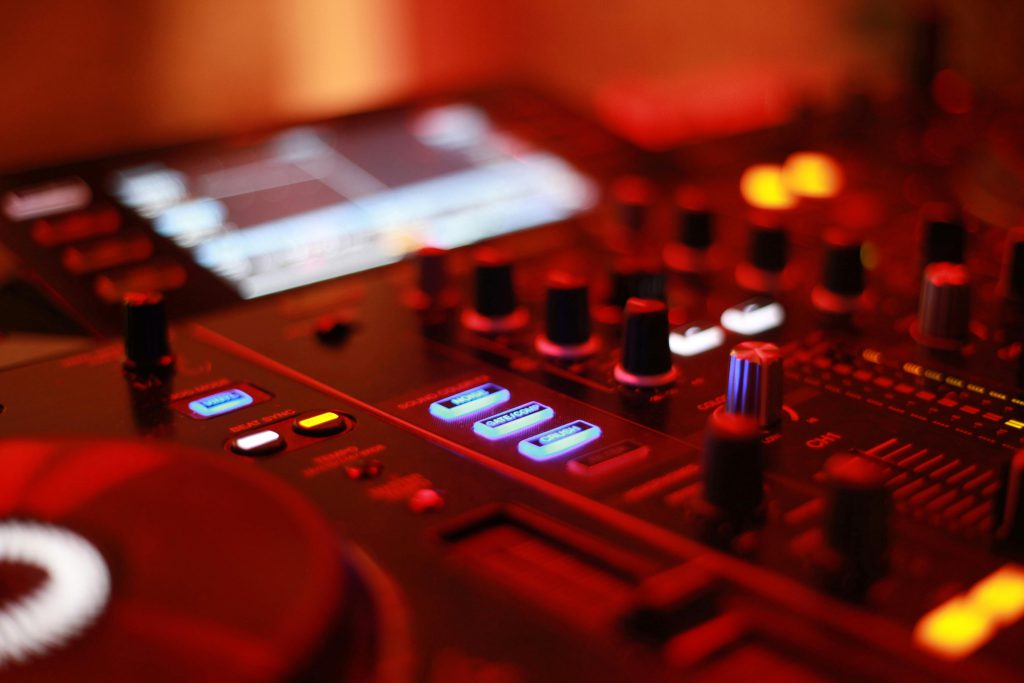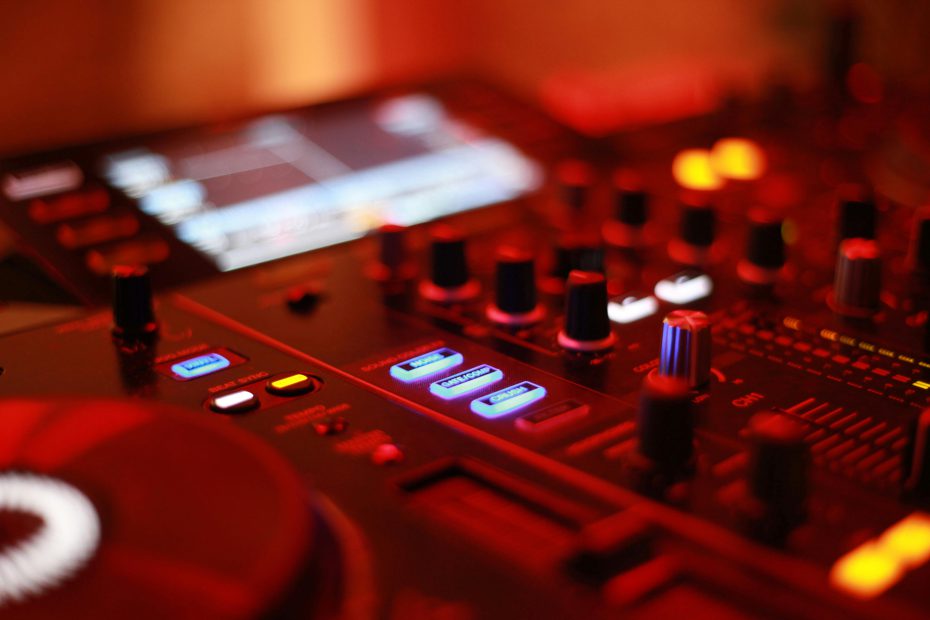Selecting the Right Monitor Speakers for Your Studio
The quality of sound in your studio is heavily influenced by your choice of monitor speakers. Whether you’re an aspiring music producer, an experienced audio engineer, or a podcaster, selecting the right monitors ensures that you can create, mix, and master with precision. This article dives into everything you need to know about choosing the perfect monitor speakers for your needs.

Understanding Monitor Speakers
What Are Monitor Speakers?
Monitor speakers are specialized audio devices designed to provide accurate and uncolored sound reproduction. Unlike consumer-grade speakers that enhance certain frequencies for a pleasing output, monitor speakers deliver sound as close to the original recording as possible, ensuring a neutral listening experience.
Why Are Monitor Speakers Essential for Studios?
- Accurate Mixing: They reveal details that may be masked by regular speakers.
- Balanced Sound: Offer flat frequency responses for an unbiased soundstage.
- Professional Quality: Enable critical listening to produce high-quality audio.
Key Features of Monitor Speakers
Flat Frequency Response
One of the primary features of monitor speakers is their flat frequency response.
- Unbiased Sound: Ensures no frequencies are artificially boosted or cut.
- Mixing Precision: Helps identify and address issues in audio tracks.
Nearfield Design
Most studio monitor speakers are nearfield, meaning they are designed to be placed close to the listener.
- Reduced Room Interference: Minimize reflections and acoustic distortions.
- Focused Listening: Provide a direct sound experience for better detail recognition.
Types of Monitor Speakers
Active vs. Passive Monitor Speakers
Active Monitor Speakers
These come with built-in amplifiers, making them a popular choice for studios.
- Convenience: No need for external amplification.
- Space-Saving: All-in-one design simplifies setup.
Passive Monitor Speakers
These require an external amplifier to function.
- Customization: Choose your preferred amplifier for tailored sound.
- Cost-Effective: Often less expensive than active monitors.
Two-Way vs. Three-Way Monitor Speakers
Two-Way Monitor Speakers
Feature a woofer for low frequencies and a tweeter for highs.
- Compact Design: Ideal for smaller studios.
- Affordable: A good starting point for beginners.
Three-Way Monitor Speakers
Include a midrange driver for more detailed sound reproduction.
- Enhanced Clarity: Separate drivers for lows, mids, and highs.
- Best for Large Studios: Suitable for professional-grade setups.
Factors to Consider When Choosing Monitor Speakers
Studio Size and Acoustics
The size and acoustic characteristics of your studio significantly influence the performance of monitor speakers.
- Small Studios: Opt for compact nearfield monitors.
- Large Studios: Consider larger monitors with higher power output.
Power and Wattage
The power of your monitor speakers determines their ability to produce clear sound at high volumes.
- Low Wattage: Suitable for casual or small-scale setups.
- High Wattage: Necessary for professional studios or larger rooms.
Frequency Range
Check the frequency range of the monitors to ensure they can handle the spectrum of your audio.
- Broad Range: Ideal for music production across various genres.
- Specialized Ranges: Tailored for specific applications like bass-heavy music.
Setting Up Your Monitor Speakers
Positioning
Proper placement of monitor speakers is crucial for accurate sound reproduction.
- Equilateral Triangle: Position monitors and the listening point at equal distances.
- Tweeter Alignment: Ensure tweeters are at ear level for optimal clarity.
Acoustic Treatment
To get the most out of your monitor speakers, address room acoustics.
- Absorption Panels: Minimize reflections and reverb.
- Bass Traps: Reduce low-frequency build-up in corners.
Popular Brands of Monitor Speakers
Yamaha
- NS-10 Series: A classic choice for mixing engineers.
- HS Series: Known for accurate sound and affordable pricing.
KRK Systems
- Rokit Series: Renowned for their bass response and stylish design.
Genelec
- Smart Active Monitors: Offer room calibration and exceptional clarity.
Tips for Testing and Evaluating Monitor Speakers
Listening Tests
Before purchasing, always test monitor speakers with tracks you’re familiar with.
- Diverse Genres: Ensure the monitors perform well across different styles.
- Critical Listening: Focus on clarity, balance, and distortion.
Seek Expert Advice
Consult audio professionals or read reviews to gather insights about specific models.
Maintaining Your Monitor Speakers
Regular Cleaning
Dust and debris can impact sound quality.
- Clean Ports: Ensure airflow and prevent overheating.
- Protect Cones: Avoid touching the speaker drivers directly.
Calibration
Periodically calibrate your monitor speakers for consistent performance.
- Room Adjustments: Reassess settings if you move or remodel your studio.
Choosing the right monitor speakers is a critical decision for anyone aiming to produce high-quality audio. From understanding the key features to evaluating their performance in your studio environment, every step matters in achieving the best sound reproduction.
Investing in the right monitor speakers ensures you have the tools to bring your creative vision to life, offering the clarity and precision needed for professional audio production. With the insights shared in this article, you’re now well-equipped to make an informed choice and elevate your studio’s capabilities.
